
4 min read
How To…Design a Restorative Bedroom
Discover WLLW's strategies to design a bedroom that supports restorative sleep and overall physical and mental wellbeing.
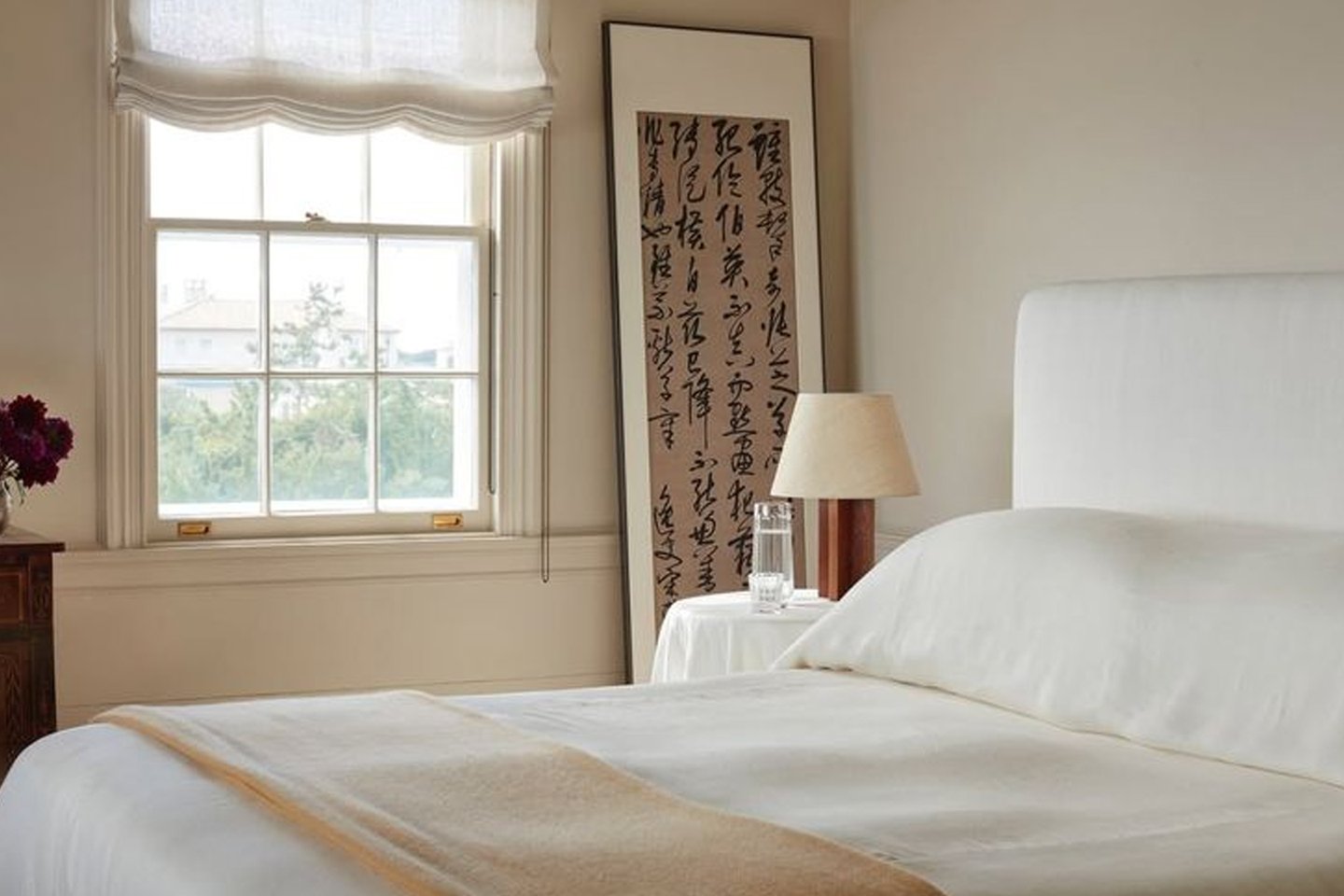
4 min read
Transform your sleeping space with healthier materials and easy, mindful swaps that support rest, restoration and sustainability.
The bedroom is where we go to reset, whether that be physically, mentally or emotionally. However, for a room so central to our wellbeing, it’s often overlooked when it comes to health and sustainability. From mattresses made with synthetic foams to bedding treated with chemical dyes, many common bedroom items can introduce toxins into the space in which we’re meant to rest most deeply.
In this edition of our Room Refresh series, WLLW explores simple, evidence-based swaps to help you create a cleaner, more conscious bedroom. By making a few targeted changes, you can improve indoor air quality, reduce your exposure to harmful substances and turn your bedroom into a place that genuinely supports long-term wellness.
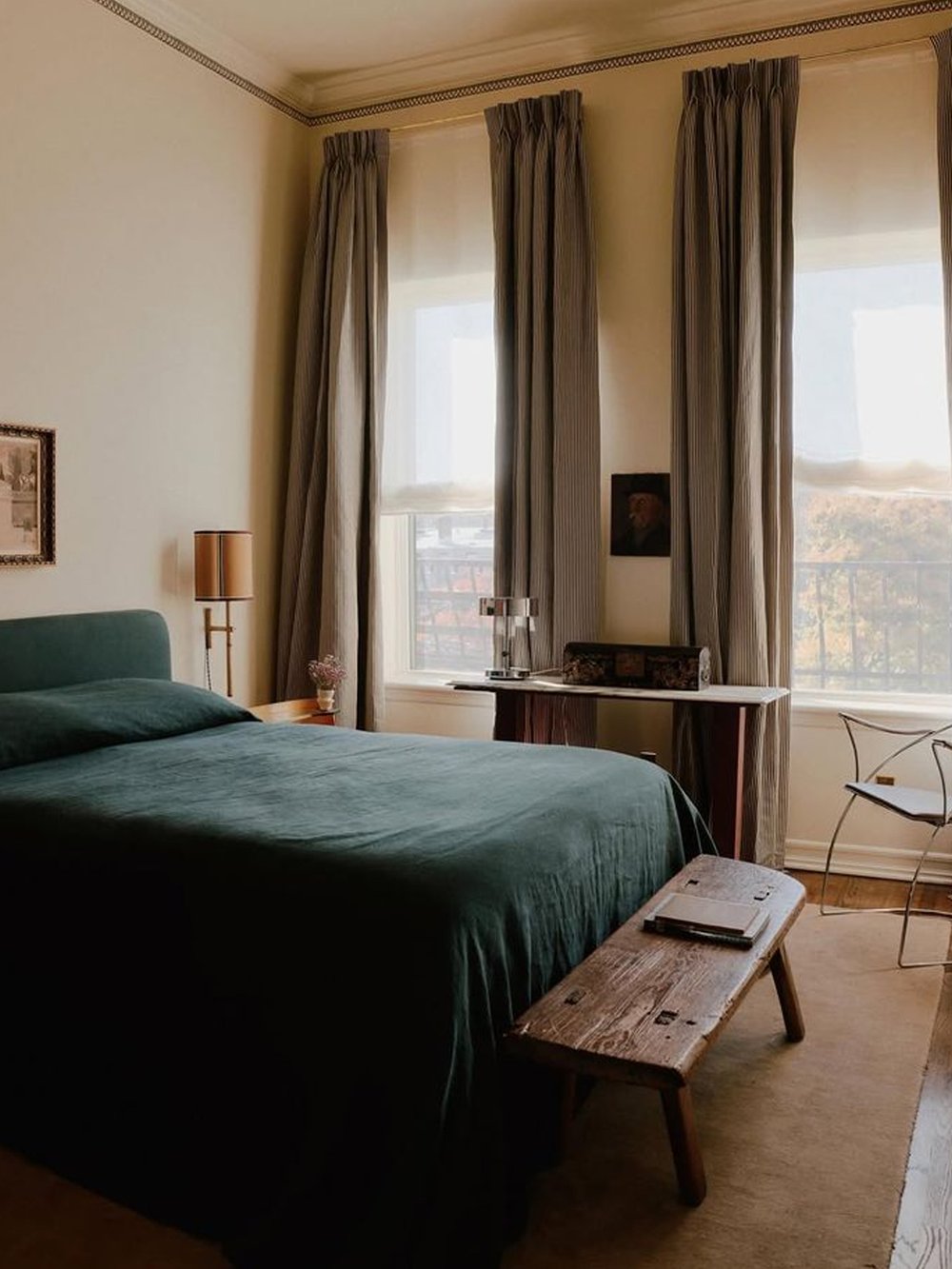
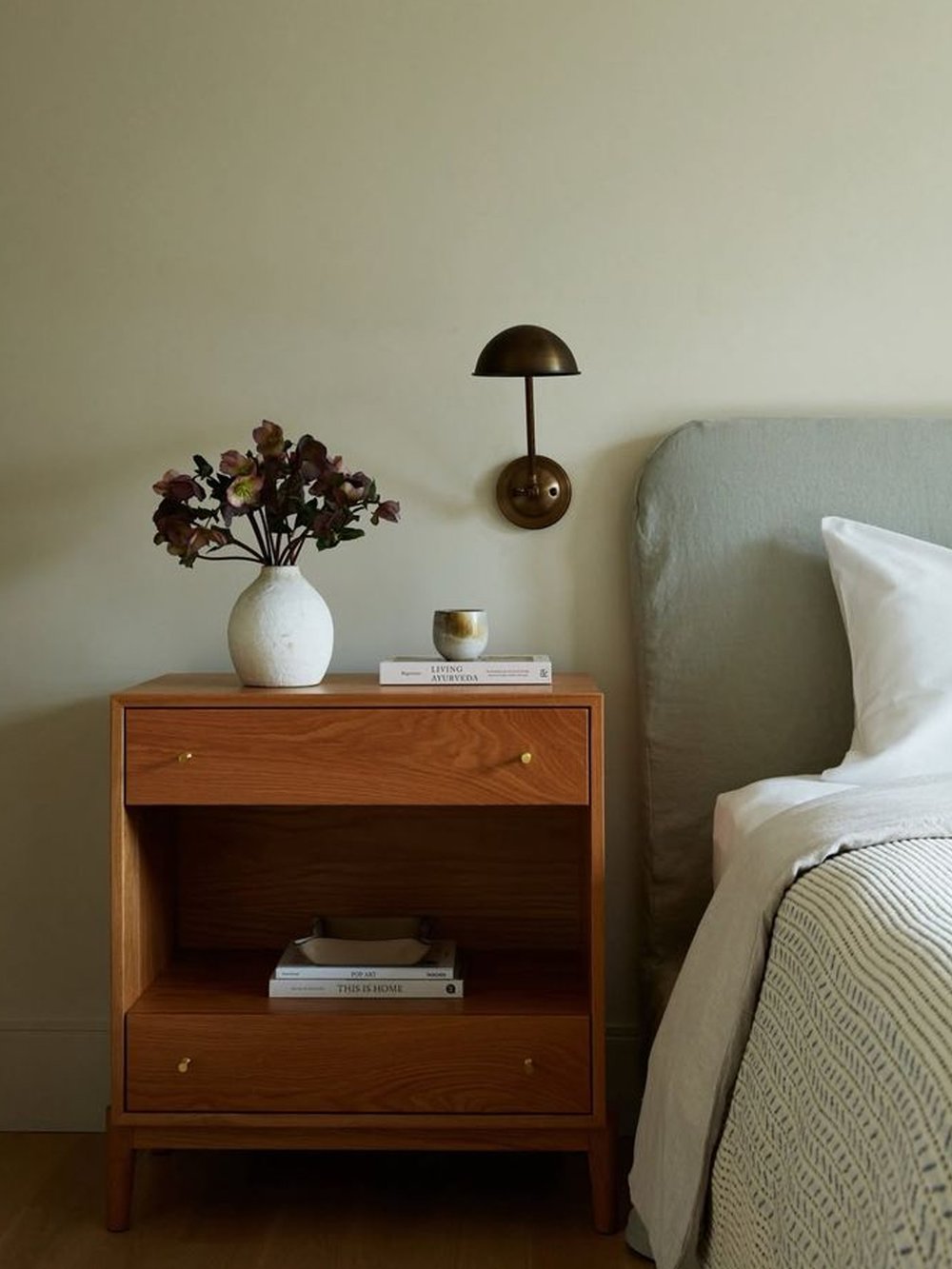
Many sheets, duvet covers and pillowcases are made from synthetic materials like polyester, or blends treated with wrinkle-resistant finishes, flame retardants or chemical dyes. These substances can release Volatile Organic Compounds (VOCs), irritate sensitive skin, and interfere with the body’s ability to regulate temperature, affecting the quality of your sleep. Polyester also sheds microplastics when washed, contributing to environmental pollution.
Healthier Change: Choose bed linens made from organic cotton, linen or hemp. These natural fibers are breathable, biodegradable and free from harsh chemical treatments. Linen helps regulate body temperature, keeping you cool in summer and warm in winter, while organic cotton is soft, durable and gentle on the skin. Look for certifications like Global Organic Textile Standard (GOTS) or OEKO-TEX to ensure the materials are verified to be safe and sustainable. Brands such as Aizome produce bedding that uses natural dyes, such as indigo, to ensure a healthy night’s sleep.
Most conventional mattresses and mattress toppers are made from polyurethane foam and can contain flame retardants, adhesives and other synthetic materials that off-gas VOCs for years. These chemicals are linked to headaches, skin irritation, respiratory issues and hormone disruption, and exposure is prolonged when you sleep on them night after night.
Healthier Change: Opt for a mattress made from natural latex, organic cotton or wool, such as those produced by makers such as Avocado and Obasan. These materials are naturally resistant to dust and mold, without the need for chemical additives. Certifications like Global Organic Latex Standard (GOLS) or MADE SAFE ensure the product has been rigorously tested for safety and sustainability.

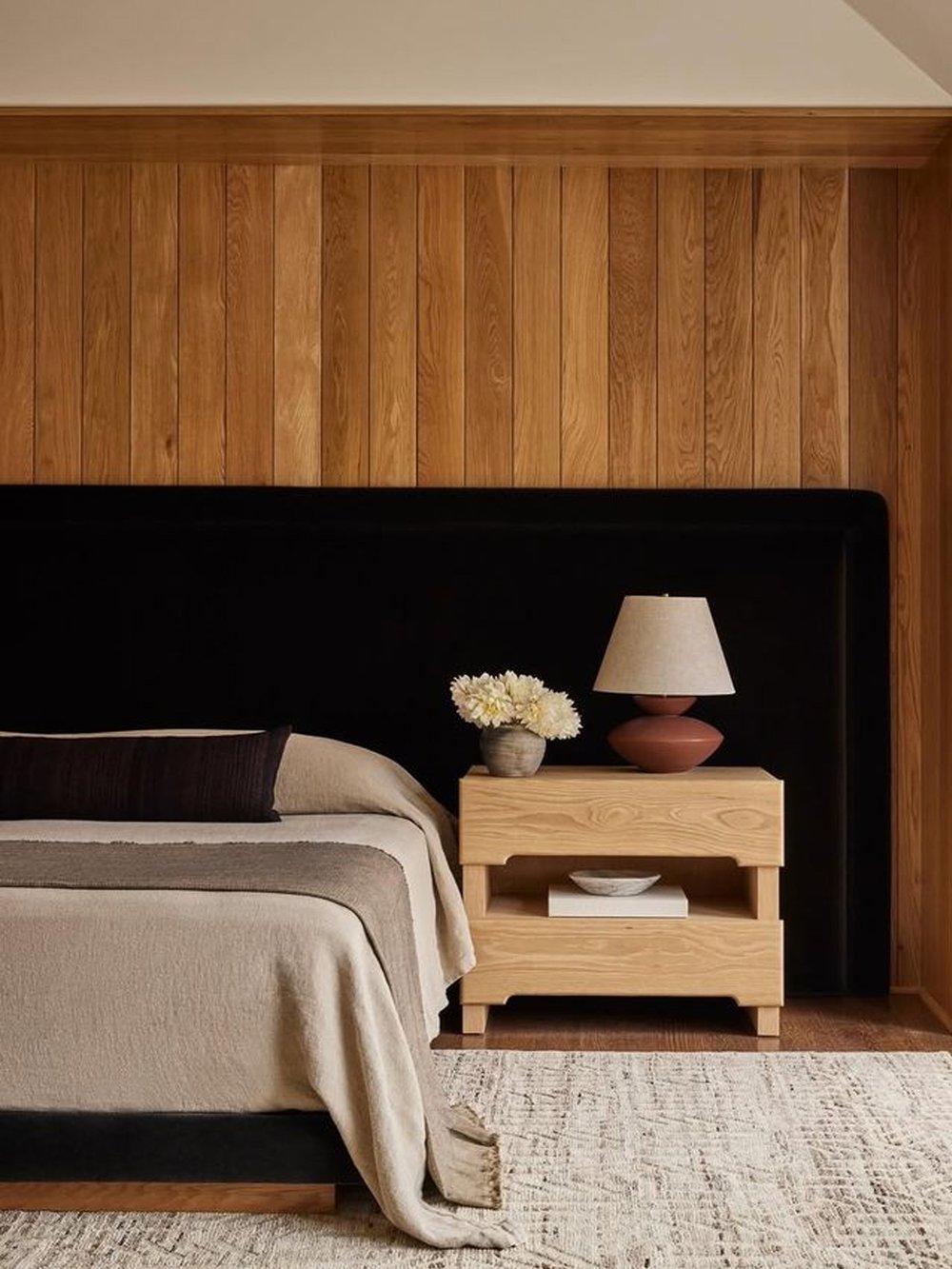
Like mattresses, synthetic pillows and duvets are typically made from polyester fiberfill or foam, which can release chemical residues and trap heat. They also tend to break down quickly, becoming less supportive and harboring dust mites, bacteria and allergens over time.
Healthier Change: Choose pillows and duvets filled with organic wool, kapok or natural latex, such as those offered by Obasan. These materials are breathable and naturally antimicrobial, supporting healthier sleep without synthetic additives. Wool regulates moisture and temperature, while latex provides firm, long-lasting support. Always choose pillows and duvets with washable, organic cotton covers to reduce allergen buildup.
Many bed frames, especially those made from particleboard or MDF, contain formaldehyde-based glues that off-gas VOCs into your sleeping space. Over time, this can contribute to indoor air pollution and may cause eye, nose and throat irritation, especially in poorly ventilated rooms.
Healthier Change: Choose a solid wood bed frame finished with natural oils or low-VOC stains. Hardwoods like oak, maple and birch are durable, long-lasting and more sustainable. If buying new isn’t an option, consider a second-hand piece – vintage or pre-owned furniture has typically already off-gassed, and reusing helps reduce waste.

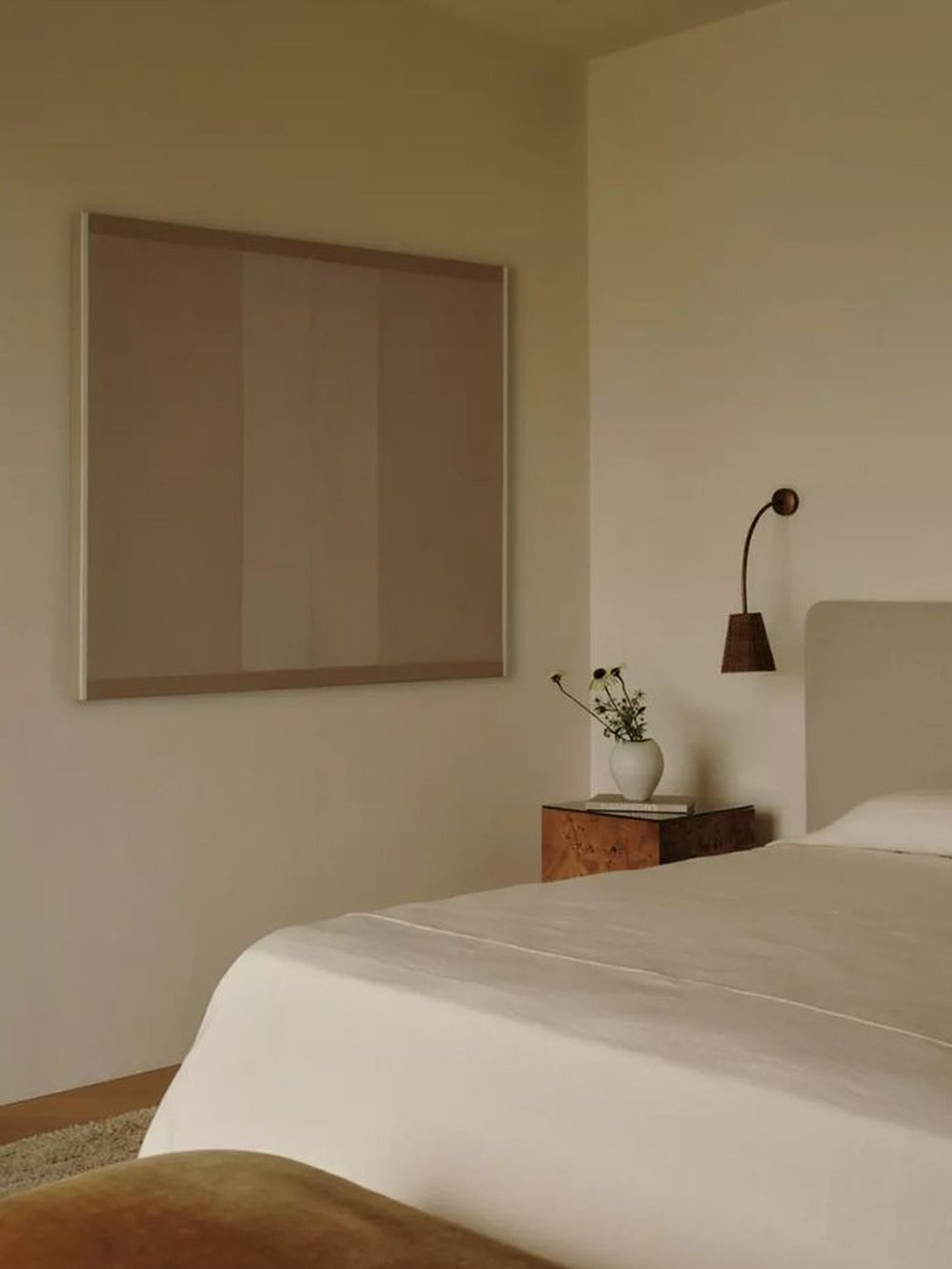
Room sprays, candles, laundry detergents and even bedding sprays often contain synthetic fragrances and phthalates – chemicals linked to endocrine disruption, headaches and skin sensitivities. Because bedrooms are enclosed for long periods, these substances can linger in the air and accumulate over time.
Healthier Change: Use unscented or naturally scented products made with essential oils. Beeswax or soy candles with cotton wicks or simple sprays made with distilled water and a few drops of lavender or chamomile oil from organic sources can provide a gentle, calming scent without harmful additives.
Indoor air quality can significantly affect sleep and overall wellbeing. Dust, off-gassing from furniture and finishes, and poor ventilation can trap pollutants in your bedroom, leading to fatigue, congestion and headaches.
Healthier Change: Open windows regularly to circulate fresh air, especially in the mornings. Add air-purifying plants like snake plants, rubber plants or English ivy, which naturally remove pollutants. If you suffer from allergies or live in a high-pollution area, consider using an air purifier with a HEPA filter to reduce airborne particles and allergens.
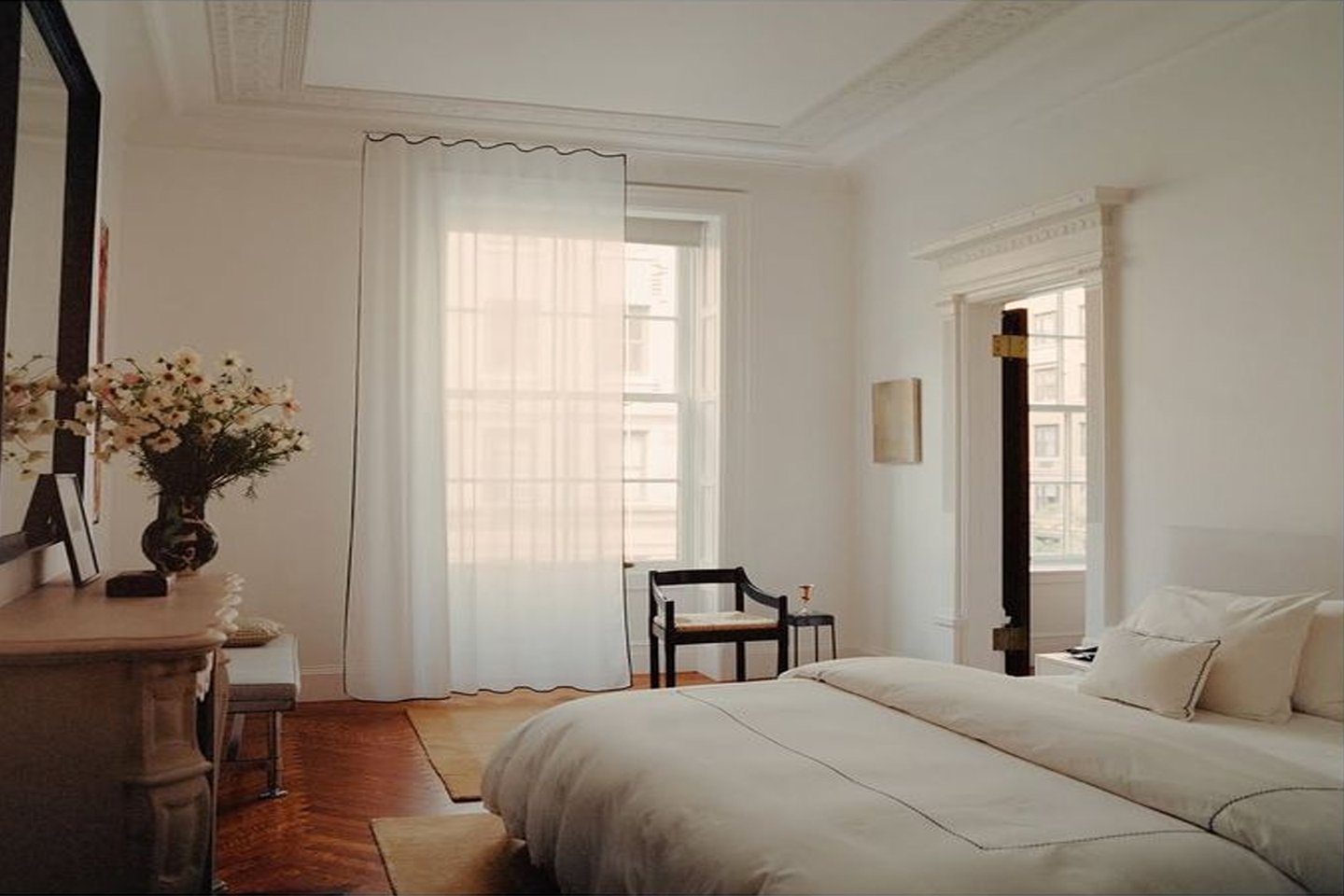
Wall-to-wall carpeting and layers of decorative textiles may look cosy, but they can trap dust, allergens and mold, especially if not cleaned frequently.
Healthier Change: Minimize unnecessary textiles and choose washable, natural fibre items where possible. Vacuum carpets, upholstered surfaces and mattresses regularly with a HEPA vacuum. Use dust-mite-proof covers on mattresses and pillows, and wash all bedding – including duvets and blankets – at 140°F to kill allergens.
Exposure to artificial light before bed – from phones, alarm clocks or even streetlights – can interfere with melatonin production, making it harder to fall asleep. Likewise, electronic devices emit Electromagnetic Fields (EMFs), which some studies associate with sleep disturbances.
Healthier Change: Eliminate or reduce light sources in the bedroom. Use blackout curtains or organic cotton drapes, keep devices out of reach or switched to airplane mode, and opt for analogue clocks over digital ones. Warm, low-intensity lighting in the evening helps cue your body for rest.
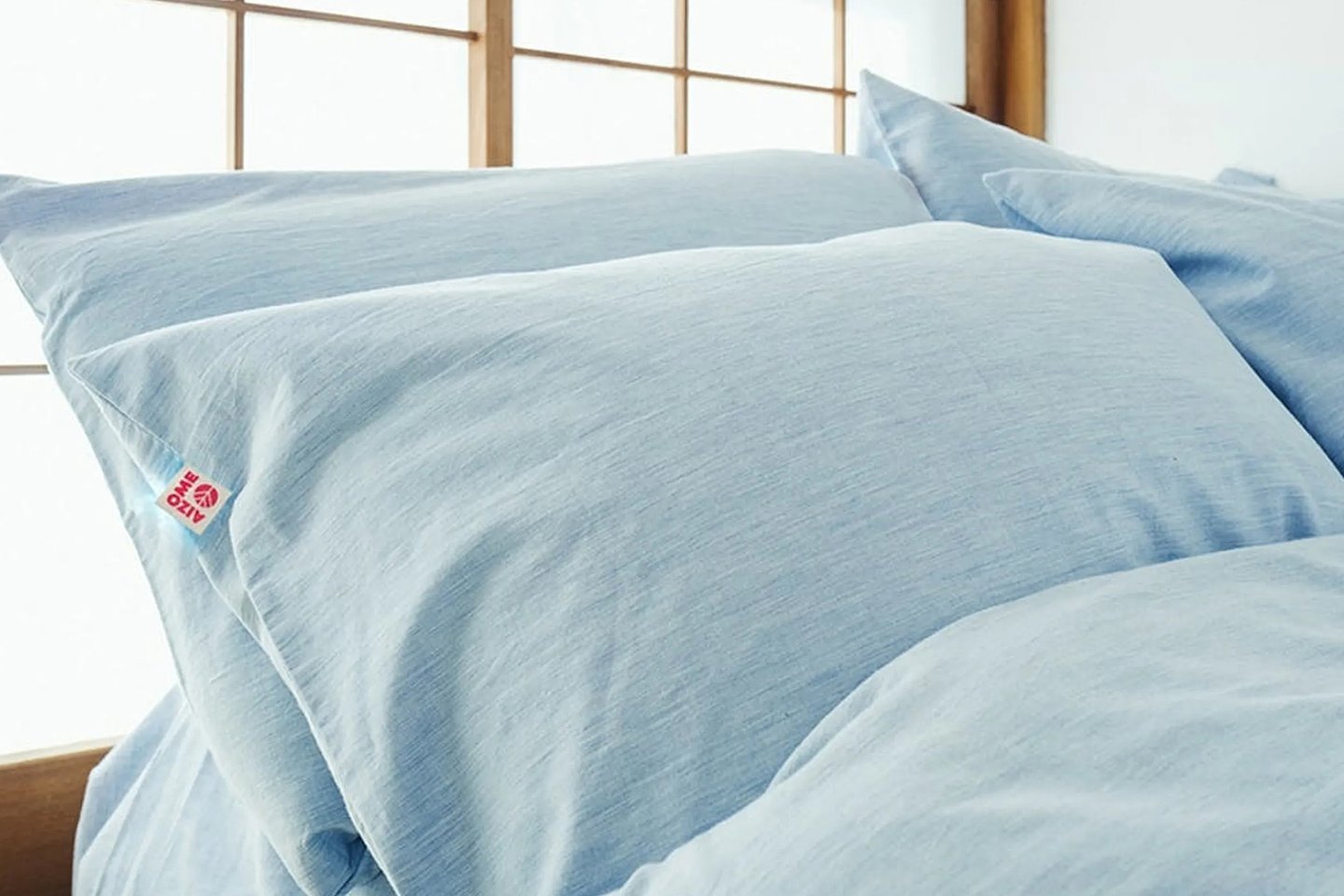
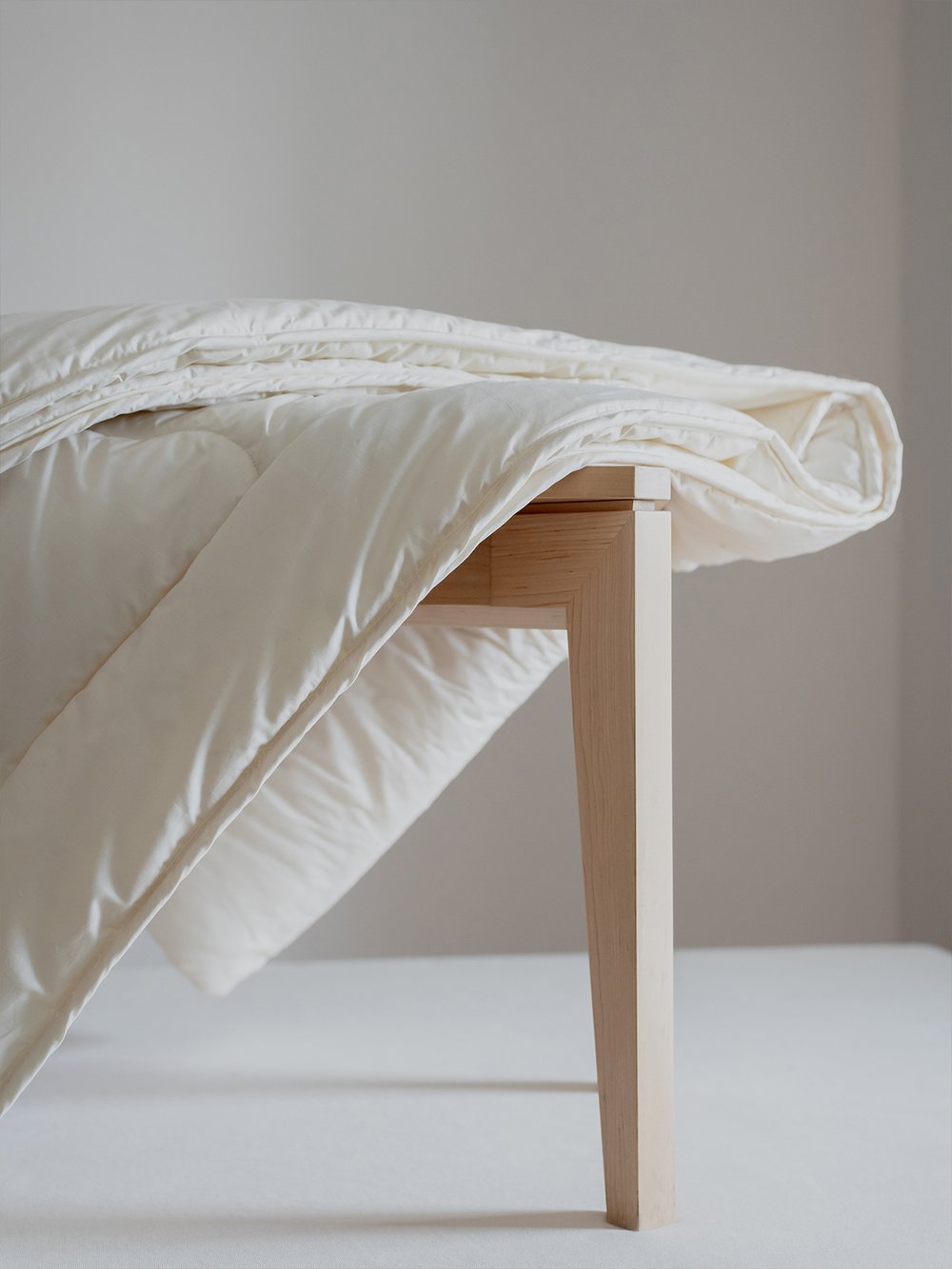

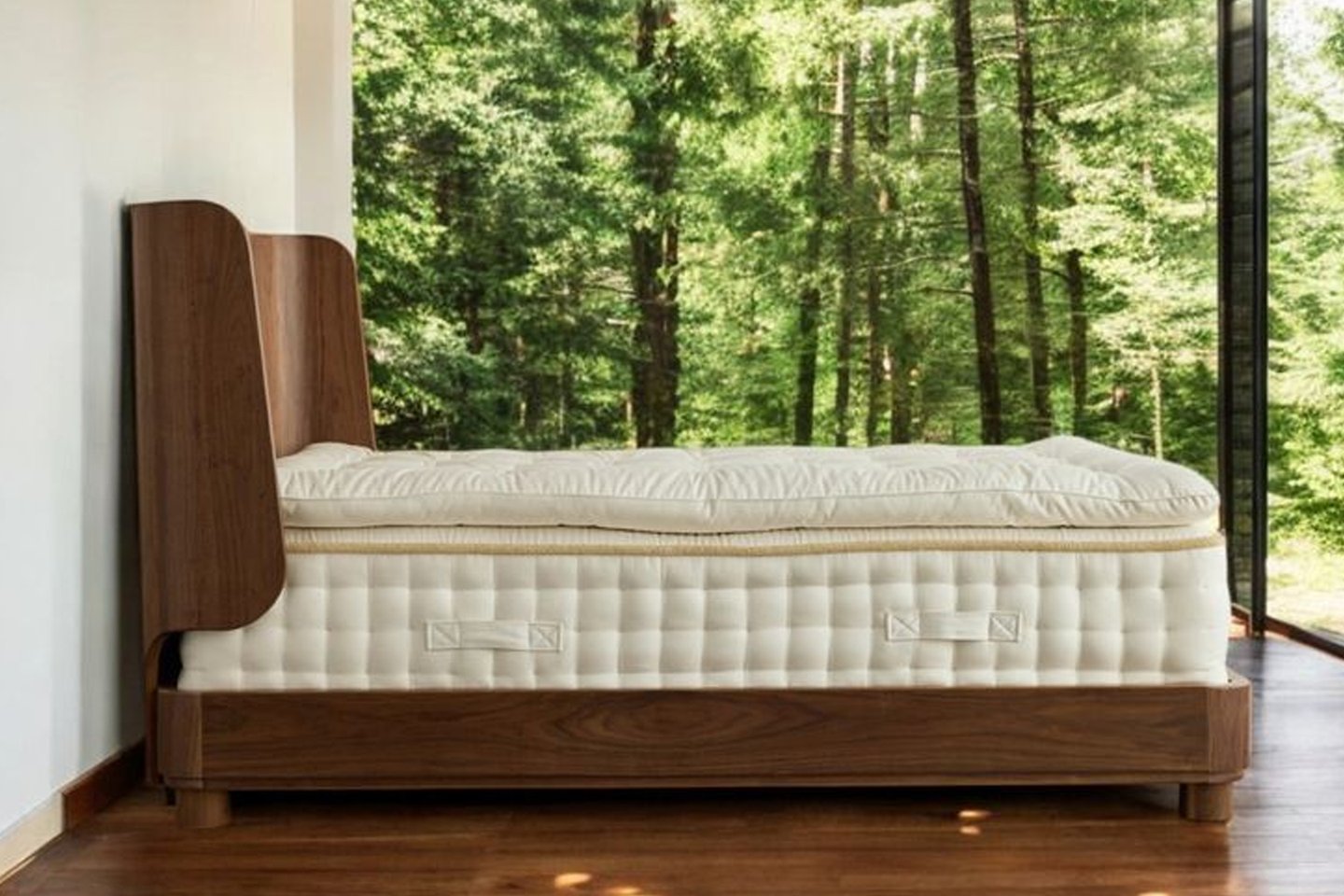
Feature Image: Rose Uniacke
Photography: William Jess Laird, Tim Lenz, Nicole Franzen, Simon Upton, Dave Wheeler, AIZOME, Obasan, Avocado

4 min read
Discover WLLW's strategies to design a bedroom that supports restorative sleep and overall physical and mental wellbeing.
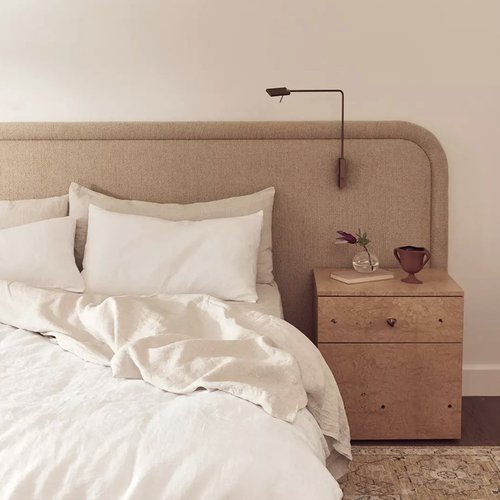
4 min read
WLLW investigates four healthy and environmentally friendly bed linen options for a better night's sleep.